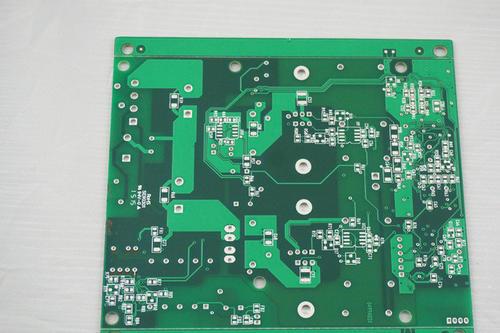 +86 755 2794 4155
+86 755 2794 4155  sales@knownpcb.com
sales@knownpcb.com
-
Shenzhen KNOWNPCB Technology Co., Ltd.
 +86 755 2794 4155
+86 755 2794 4155  sales@knownpcb.com
sales@knownpcb.com
 2024-01-16
2024-01-16
 758
758

A single panel is on the most basic PCB, with parts concentrated on one side and wires concentrated on the other side. Because wires only appear on one side, we call this type of PCB a single side. Because single panels have many strict limitations in designing circuits (because they are only on one side, wiring cannot cross and must follow separate paths), only early circuits used such boards;
The wiring diagram of a single panel is mainly based on screen printing, which means printing a resist on the copper surface, etching it, then marking it with solder mask, and finally completing the part guide hole and shape through punching processing. In addition, some products produced in small quantities are photographed using photosensitive agents to form patterns.
Double sided boards have wiring on both sides. However, to use wires on both sides, there must be appropriate circuit connections between the two sides. The bridge between these circuits is called a guide hole (via). A guide hole is a small hole on a PCB that is filled or coated with metal and can be connected to wires on both sides. Because the area of a double-sided panel is twice that of a single panel, and because the wiring can be interleaved (can be wound to the other side), it is more suitable for more complex circuits than a single panel.

Or call +86 755 2794 4155
Inquiry Now

